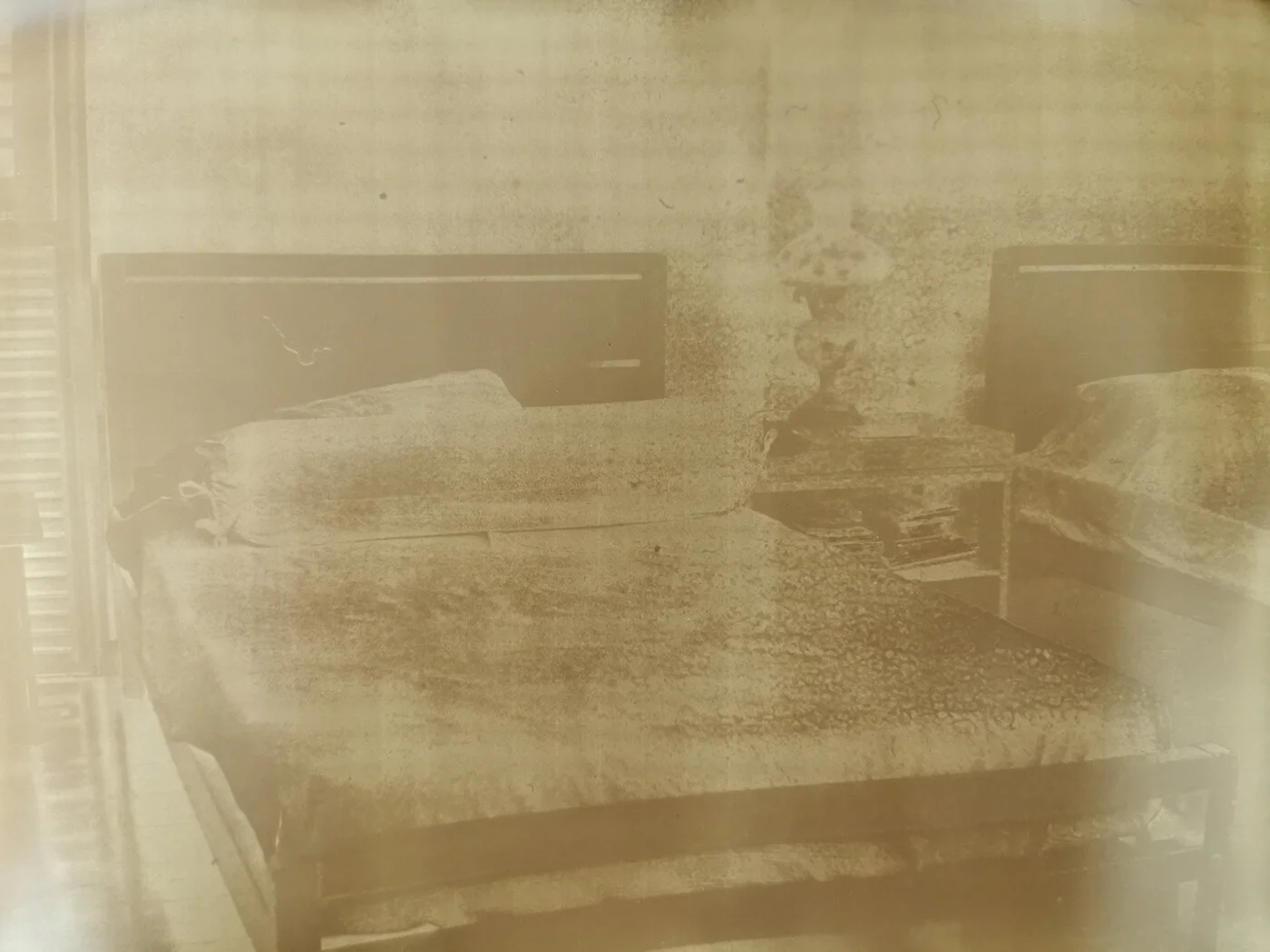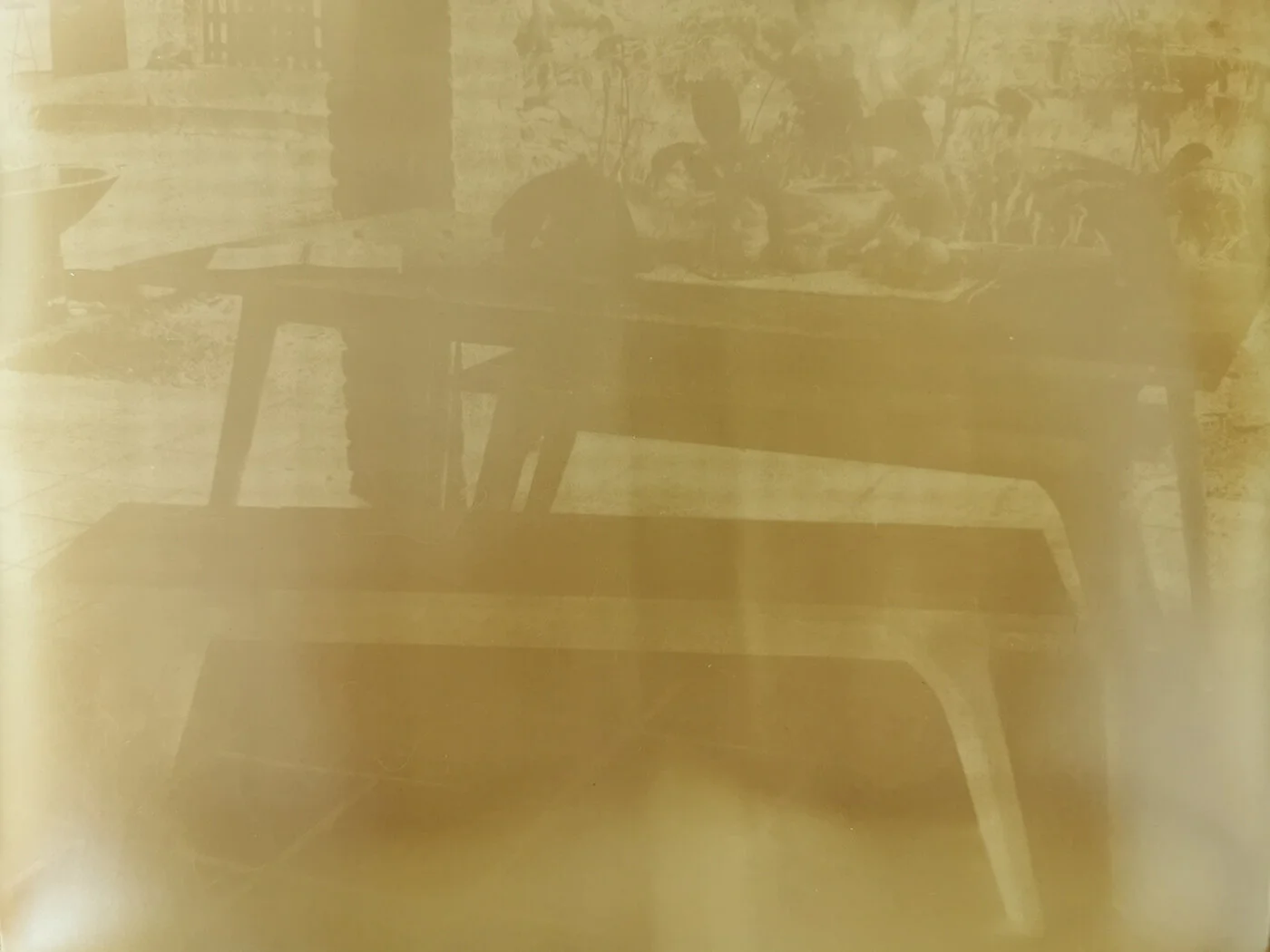For my series Temporary Residents I photographed the spaces where my grandparents occupy in their home. Their house in Malaysia is a renovated and a present space, where they will stay temporarily until they move on again. It is this ephemeral and temporal space that I wanted to explore with photography. One day when I’m not able to return to this space; when it has been lost to time; I'll know that it once existed and that my grandparents existed within it; and I captured it.
The alternative analogue process I used for this project is called Lumen printing. It's similar to making Cyanotypes, where you print out a digital negative and lay it on top of a light-sensitive coated paper. In this case, it's just laying the digital-negative on top of a normal photo paper, and leave it out in the sunlight to expose, hence the name Lumen, meaning light. You can leave the image to expose for however long you like, from a few hours to a week, depending on how strong the sunlight is. Once the paper has been exposed you take off the digi-neg and place the paper into the fix. I then selenium and sepia tone the paper to bring out the image, and adjust the overall tone to give it a brownish finish.
I use two analogue cameras to capture that element of time and memory in the images by taking long-exposures. For each image I left the shutter open for five minutes to allow the sunlight and space to seep in and embed itself onto the film. The process is almost meditative, to fully appreciate the spaces where my grandparents live, knowing that they are still alive but that it won't last forever.
Born in Malaysia and a recent graduate of London College of Communication, Ruth Phng Keng Hwa delves into Buddhist notions of impermanence and temporality in her work. She is interested in exploring and visualising the spirituality of Eastern Philosophy, through analogue and alternative photographic techniques.









